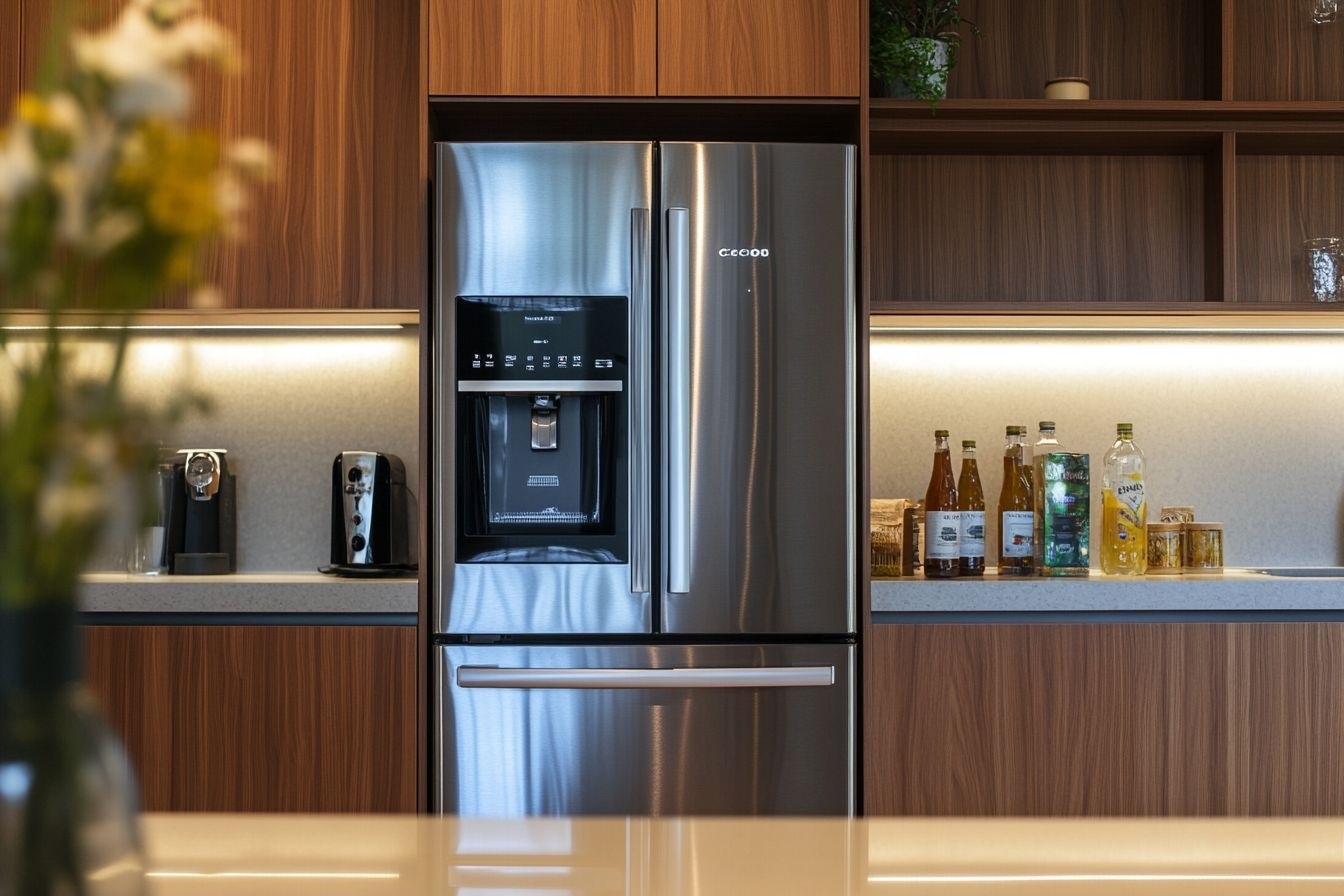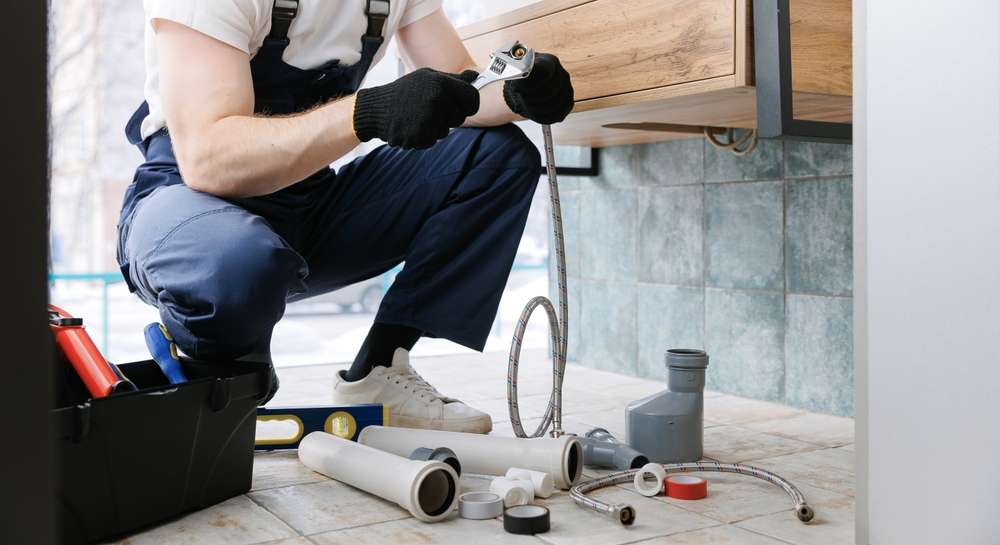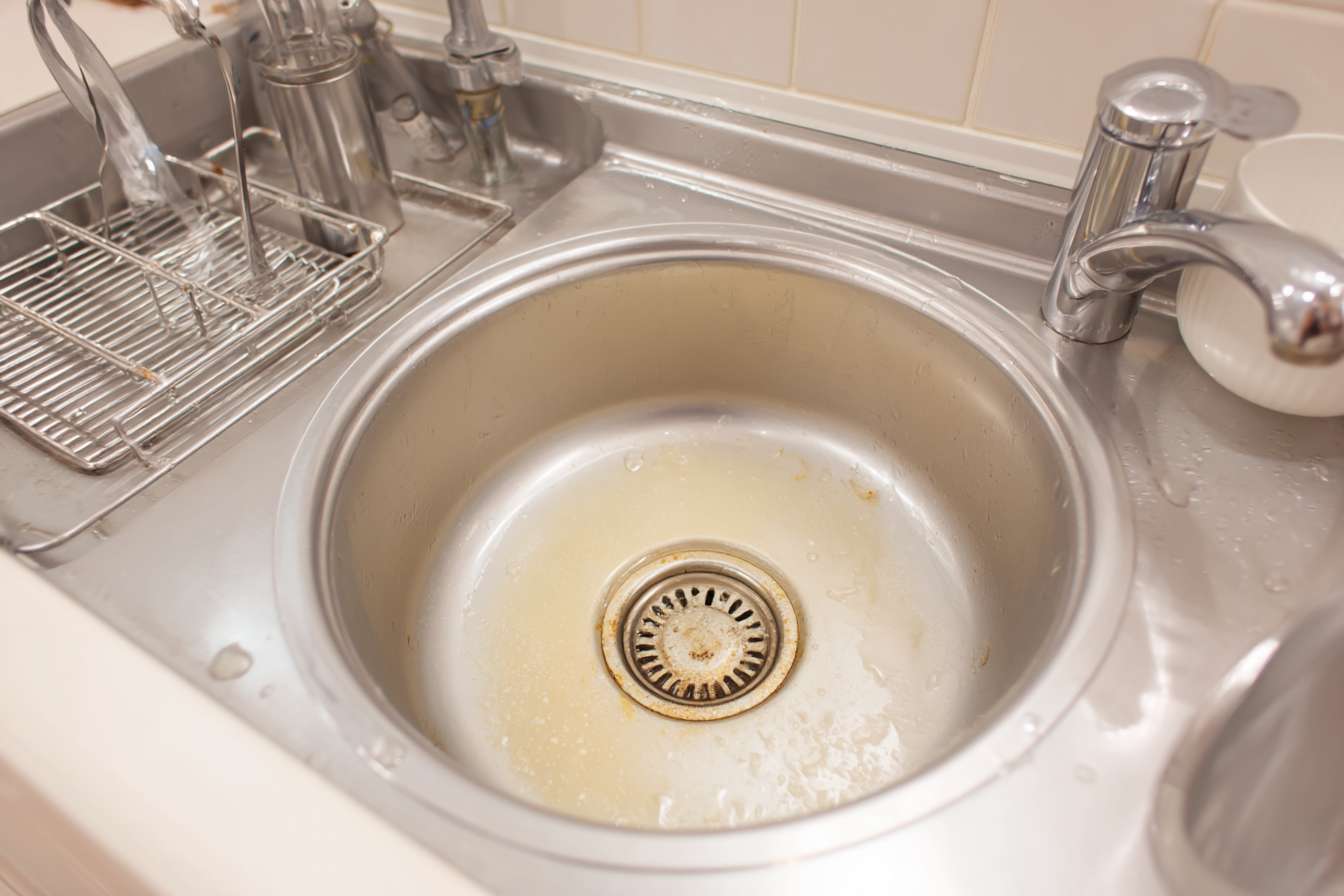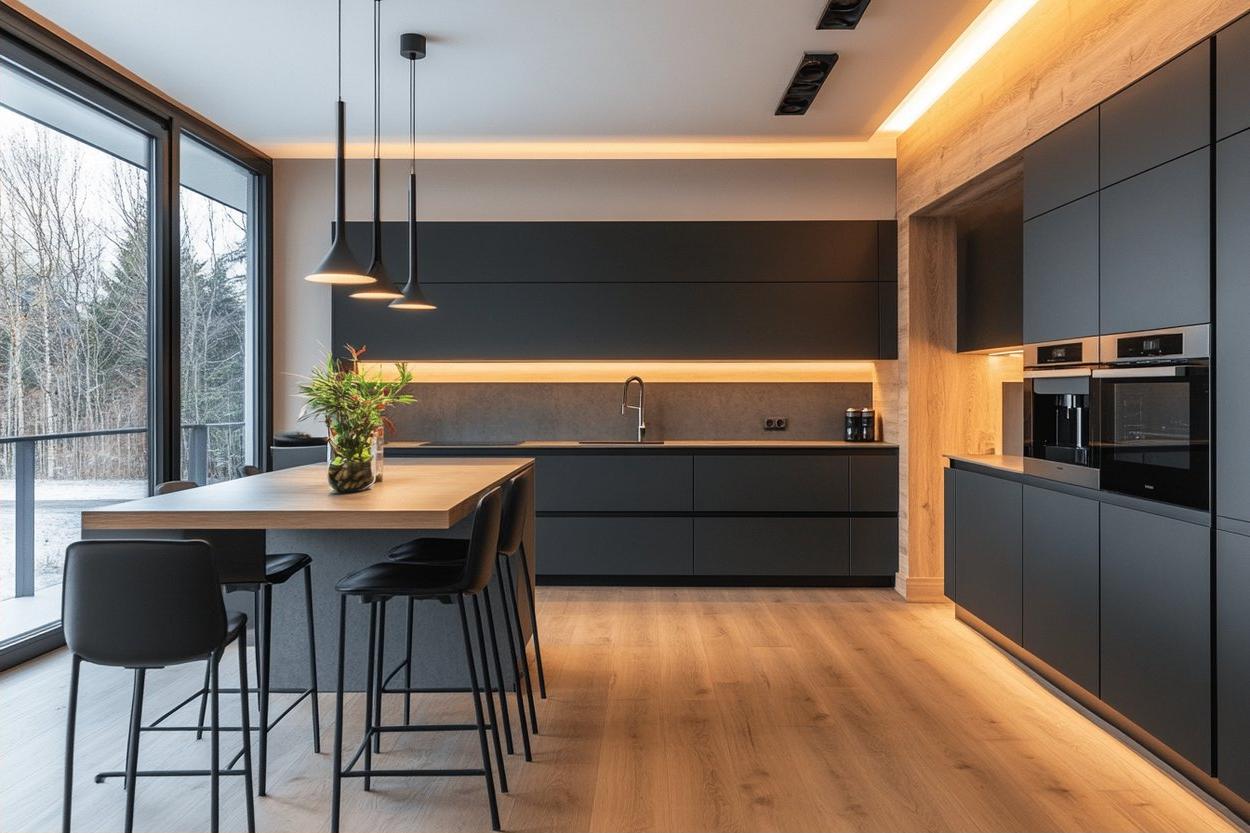Wine Refrigerators: Essential Guide for Proper Wine Storage
Wine refrigerators represent a significant advancement in home beverage storage, designed specifically to maintain optimal conditions for preserving wine quality. Unlike standard refrigerators, these specialized appliances control temperature, humidity, and light exposure to create ideal environments for both short-term storage and long-term aging. Understanding how wine refrigerators function and their various configurations can help wine enthusiasts make informed decisions about protecting their collections while enhancing their overall wine experience.

Introduction to Wine Refrigerators
Wine refrigerators, also known as wine coolers or wine cellars, are purpose-built appliances that maintain consistent temperatures between 45-65°F, depending on wine type. These units address the specific storage needs that regular household refrigerators cannot meet, including vibration control, proper humidity levels, and UV protection. The technology behind wine refrigeration has evolved significantly, incorporating thermoelectric cooling systems and compressor-based designs to accommodate various household needs and collection sizes.
Modern wine refrigerators range from compact countertop models holding 6-12 bottles to large cabinet-style units storing over 200 bottles. The appliances feature specialized shelving designed to cradle wine bottles properly, preventing cork disturbance while maximizing storage capacity. Many models include digital temperature controls, interior lighting, and dual-zone capabilities for storing different wine varieties simultaneously.
Understanding the Functionality of Wine Refrigerators
Wine refrigerators operate using either thermoelectric or compressor cooling systems, each offering distinct advantages for different applications. Thermoelectric models use solid-state cooling technology, creating minimal vibration while maintaining quiet operation. These units work best in stable ambient temperatures and are ideal for smaller collections or areas where noise reduction is important.
Compressor-based wine refrigerators function similarly to traditional refrigerators, using refrigerant cycles to maintain consistent temperatures. These systems handle larger capacities more effectively and perform reliably in varying ambient conditions. The cooling mechanism circulates air evenly throughout the cabinet, preventing temperature fluctuations that could damage wine quality over time.
Humidity control represents another critical functionality, with most wine refrigerators maintaining 50-80% relative humidity levels. This range prevents corks from drying out while avoiding excessive moisture that could damage labels or promote mold growth. Advanced models include humidity monitoring systems and water reservoirs to maintain optimal conditions automatically.
Types of Wine Refrigerators
Single-zone wine refrigerators maintain one consistent temperature throughout the cabinet, making them suitable for collections focusing on specific wine types or short-term storage needs. These models typically cost less than multi-zone alternatives while offering straightforward operation and reliable performance for red wines, white wines, or mixed collections stored at compromise temperatures.
Dual-zone wine refrigerators feature two separate temperature-controlled compartments, allowing simultaneous storage of different wine varieties at their optimal temperatures. The upper zone typically maintains cooler temperatures for white wines and champagne, while the lower zone provides slightly warmer conditions for red wines. This configuration maximizes versatility for diverse wine collections.
Built-in wine refrigerators integrate seamlessly into kitchen cabinetry or home bar installations, featuring front-venting systems that allow proper airflow in enclosed spaces. Freestanding models offer greater flexibility in placement and generally provide more storage capacity at lower price points. Countertop wine coolers serve smaller collections or specific entertaining needs, offering compact solutions for apartments or offices.
Benefits of Using Wine Refrigerators
Temperature consistency represents the primary benefit of dedicated wine refrigeration, protecting wine from the damaging effects of temperature fluctuations common in regular refrigerators or ambient storage. Consistent temperatures preserve wine’s chemical composition, preventing premature aging or flavor deterioration that occurs when wines experience repeated heating and cooling cycles.
Proper wine refrigeration eliminates vibration interference that can disturb sediment in aged wines and disrupt the maturation process. The stable environment allows wines to develop properly over time, maintaining their intended flavor profiles and aging characteristics. This protection becomes particularly important for valuable or collectible wines requiring long-term storage.
Convenience and accessibility improve significantly with dedicated wine storage, allowing easy inventory management and proper bottle positioning. Wine refrigerators keep bottles readily available at serving temperatures, eliminating the need for advance planning when selecting wines for immediate consumption. The organized storage system also protects investments by preventing accidental damage or improper handling.
Choosing the Right Wine Refrigerator
Capacity requirements should guide initial wine refrigerator selection, considering both current collection size and anticipated growth. Standard bottle calculations assume bordeaux-style bottles, but collections featuring champagne, burgundy, or specialty bottle shapes may require additional space considerations. Planning for 25-50% capacity expansion helps accommodate future purchases without overcrowding.
Installation location significantly impacts model selection, with built-in units requiring proper ventilation clearances and electrical specifications. Freestanding models offer more placement flexibility but need adequate ambient temperature control for optimal performance. Kitchen installations should consider heat sources, direct sunlight exposure, and accessibility for regular use.
| Wine Refrigerator Type | Capacity Range | Price Range | Key Features |
|---|---|---|---|
| Countertop Models | 6-24 bottles | $150-$400 | Compact size, thermoelectric cooling |
| Freestanding Single-Zone | 28-200+ bottles | $300-$2,000 | Flexible placement, larger capacity |
| Dual-Zone Units | 24-150 bottles | $400-$3,500 | Multiple temperature zones, versatility |
| Built-in Models | 15-180 bottles | $800-$5,000+ | Seamless integration, front-venting |
Prices, rates, or cost estimates mentioned in this article are based on the latest available information but may change over time. Independent research is advised before making financial decisions.
Budget considerations extend beyond initial purchase price to include operating costs, maintenance requirements, and potential installation expenses for built-in models. Energy efficiency ratings vary significantly between thermoelectric and compressor models, affecting long-term electrical costs. Warranty coverage and local service availability should factor into decision-making, particularly for higher-end models requiring specialized maintenance.
Wine refrigerators provide essential storage solutions for maintaining wine quality and enhancing the overall wine experience. The combination of precise temperature control, vibration reduction, and proper humidity management creates optimal conditions that regular refrigerators cannot achieve. Whether selecting a compact countertop model or a large built-in system, understanding the various types, functionalities, and selection criteria ensures the right choice for protecting and enjoying wine collections properly.





